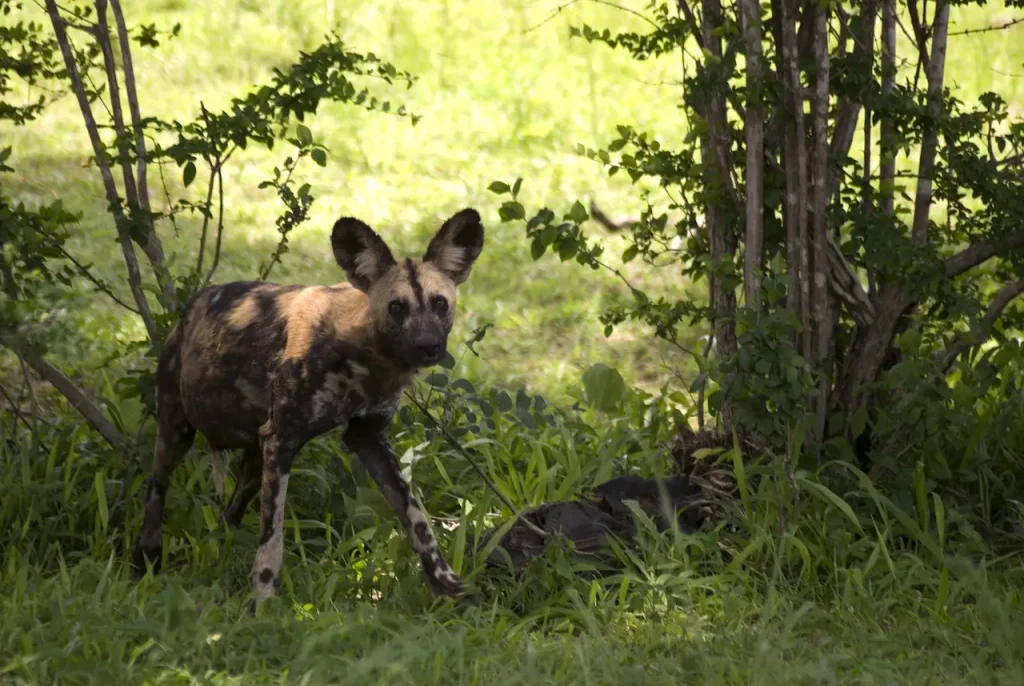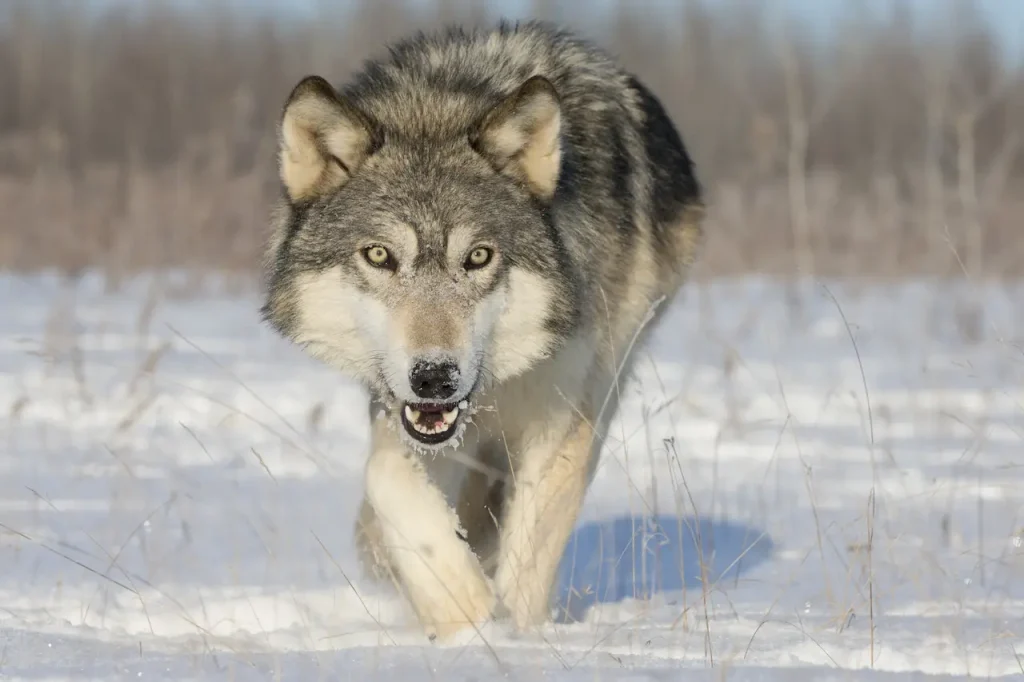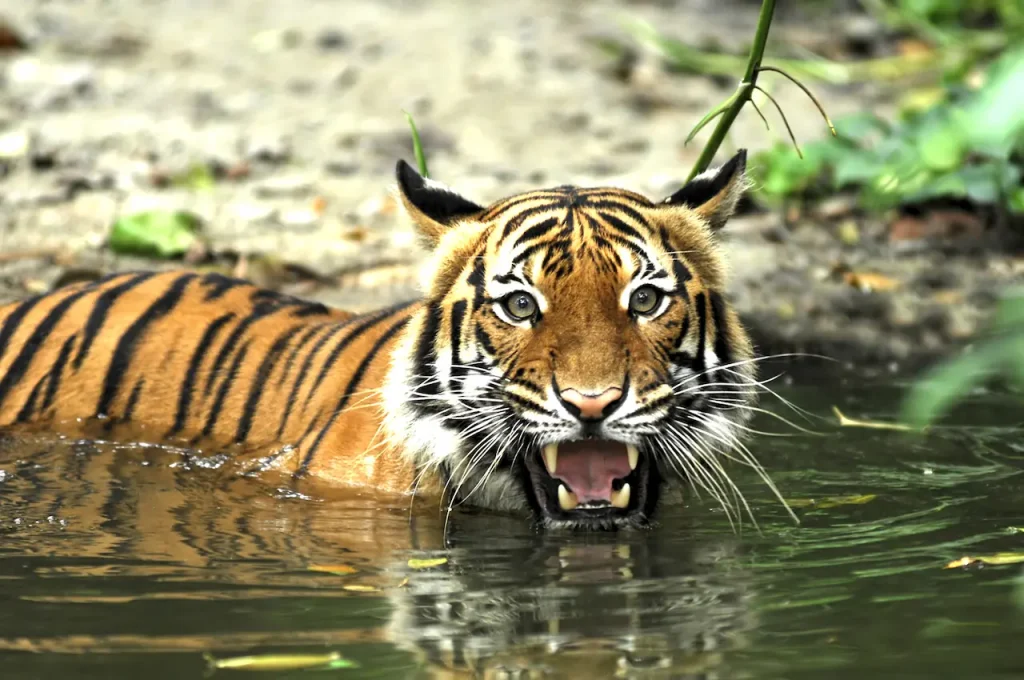What Is A Carnivore?
Categories
- Accipitridae (1)
- Acrididae (1)
- Algae (2)
- Alligatoridae (1)
- Amoebidae (1)
- Amphibians (3)
- Anatidae (1)
- Anguillidae (1)
- Arachnids (2)
- Bears (2)
- Big Cats (3)
- Birds (13)
- Bovidae (5)
- Bufonidae (1)
- Camelids (1)
- Cameras (1)
- Canines (13)
- Caridea (1)
- Carnivora (10)
- Castoridae (1)
- Cats (5)
- Cebidae (1)
- Cephalopod (1)
- Cervidae (2)
- Cetacean (1)
- Chondrichthyes (1)
- Crocodilia (2)
- Crustaceans (4)
- Culicidae (1)
- Cyaneidae (1)
- Dasypodidae (1)
- Dasyurids (1)
- Deer (1)
- Delphinidae (1)
- Desktop (1)
- Didelphidae (1)
- Dinosaurs (1)
- Dogs (13)
- Dolphins (2)
- Echinoderms (1)
- Education (10)
- Elephantidae (1)
- Equine (1)
- Erethizontidae (1)
- Erinaceidae (1)
- Farming (1)
- Felidae (5)
- Fish (5)
- Food Chain (31)
- Food Web (2)
- Formicidae (1)
- Frugivore (1)
- Gaming (1)
- Gastropods (1)
- Giraffids (1)
- Great Apes (2)
- Health Conditions (3)
- Herbivore (4)
- Hi-Fi (1)
- Hippopotamidae (1)
- Hominidae (1)
- Insects (10)
- Invertebrates (2)
- Keyboards (1)
- Laptops (1)
- Leporidae (1)
- Mammals (23)
- Marsupials (4)
- Mephitidae (1)
- Microchiroptera (1)
- Mollusks (2)
- Mongoose (1)
- Muridae (1)
- Nocturnal Animals (1)
- Odobenidae (1)
- Omnivore (2)
- Phasianidae (1)
- Phocidae (1)
- Plankton (1)
- Plants (2)
- Primate (1)
- Ranidae (1)
- Reptiles (7)
- Rhinocerotidae (1)
- Rodents (5)
- Salamandridae (1)
- Scarabaeidae (1)
- Sciuridae (2)
- Sharks (1)
- Shellfish (1)
- Sound (1)
- Spheniscidae (1)
- Suidae (1)
- Superfamily Papilionoidea (1)
- Theraphosidae (1)
- What Eats (5)
A carnivore is an animal that survives mostly by eating other animals. A carnivorous animal that hunts and kills other animals in order to eat them is called a predator.
Some predators are further categorized based on the kinds of creatures they hunt and eat. For instance, an insect-catching animal is said to be insectivorous, while one that chases fish is piscivorous. A predator at the very top of the food chain is known as an apex predator. Eagles and other winged and feathered predators are called raptors.
A carnivorous animal that mainly eats animals that have have died of natural causes, or that have been killed by other animals, is called a scavenger.
In addition, some carnivorous creatures such as mosquitoes, lice, fleas, ticks, and vampires survive not by consuming the flesh of other animals, but by eating their blood. These carnivores are called ectoparasites.
A carnivore eats animals other than its own. The Latin word caro means “flesh” and vorare means “to consume”. Carnivores hunt, kill and consume other animals’ flesh to survive.
Carnivores are different from other meat-eating creatures because their bodies have been specially adapted to catch and digest prey.
Their powerful jaws and teeth can process meat, bones and organs. Carnivores have keen senses of sight, smell and hearing that help them locate food.
Carnivores come in many sizes and shapes. Some of the most well-known carnivores include lions and tigers.
There are smaller carnivores as well, such as ladybugs and Venus flytraps. Carnivores, regardless of their size or species, are predators who must consume other creatures to get the energy and nutrients they need to live.
Table of Contents
Toggle
Rare Carnivore African Wild Dog (Lycaon pictus)
Carnivores have certain traits
Carnivores are able to hunt and consume meat effectively because of their physical and behavioral adaptations. Here are some of their most noticeable traits:
Sharp teeth: Carnivores possess large, pointed, canine teeth that are used to kill prey, and blade-like, sharp molars for cutting and grinding meat, bones, and other food. Their teeth are made for gripping, shearing and crunching flesh, bone and hide.
Strong jaws: Carnivores with powerful jaw muscles can generate extremely high bite forces. They can subdue even large prey, and crush thick bones.
Claws: The claws of most carnivores are razor-sharp and curved. They can be used to catch prey, grab them for a fight or kill, or tear flesh. When not in use, cats can retract their claws.
Speed: Carnivores like wolves, big cats and birds of prey have muscular, lean bodies that are built to chase prey quickly. They can run fast because of their long legs.
Carnivores have enhanced senses. They often have heightened vision, hearing and smell in order to detect their prey. They can detect small movements and pick up on faint sounds.
Carnivores are able to digest meat and bones efficiently because they have a shorter intestinal tract and stomach acid with a high acidity.
Stealth: Carnivores such as big cats have feathers or fur that can be camouflaged to allow them blend in with their environment when stalking prey. They usually move slowly and remain downwind in order to avoid detection.
Opportunism is a common trait among carnivores. They conserve energy by eating vulnerable prey or easy-to-catch and will scavenge corpses when possible.

Timber Wolf In The Snow
What do Carnivores eat?
Carnivores consume the flesh, organs and bones of other animals. They also eat their skin and fur. They can hunt live prey, or scavenge dead animal remains.
A carnivore’s diet can include insects, amphibians and even plants.
Mammals
Many carnivores eat a lot of mammals. Carnivores such as lions and tigers, bears and hyenas and crocodiles feed on large hoofed animals like wildebeests, antelopes, deer and buffalo.
The smaller carnivorous mammal species like foxes and raccoons hunt rodents and rabbits.
Reptiles and Amphibians
Many carnivores including mammalian species and birds feed on snakes, salamanders, turtles and lizards. Hawks eat snakes; wolves eat turtles; and coyotes eat frogs.
Amphibians, turtles and smaller reptiles are also eaten by large reptiles such as crocodilians, alligators and crocodilians.
Fish
Piscivores, or carnivores that eat fish as their primary source of food, are classified as piscivores. Sharks, killer whales and penguins are examples.
Frogs and other insectivorous predators will also eat smaller fish. The larger fish species are the predators of smaller species.
Birds
Birds of Prey are primarily carnivorous, and they feed on other birds and small mammals. Hawks, falcons, vultures and owls have hooked beaks and powerful talons that are adapted to hunting, killing and eating avian prey.
Other carnivorous birds like gulls and herons prey on small mammals and insects, as well as fish, reptiles and amphibians.

What Is A Carnivore Sumatra Tiger
Insects and Arachnids
Insects and arachnids are a major source of nutrition for many small carnivores.
Insectivores such as anteaters and armadillos, as well as aardwolves and pangolins, feed on colonial insects, including ants and termites. They use their long, sticky, tongues to do this. Carnivores like spiders are eaten by other predators.
Carrion and Eggs
Carnivores will eat bird eggs when they have the chance.
The scavengers will also take the carcasses from animals that they have not killed. The predators can save time and energy by scavenging instead of hunting constantly for prey.
Occasional Plant Consumption
Some carnivores are “hypercarnivores”, because they only eat meat. The majority of carnivores are omnivores in some way.
Coyotes and wolves, for example, consume fruit and grasses, while cougars, particularly as they transition from their mother’s milk, ingest other vegetation. Even these primarily carnivorous species consume some plant matter.
Human Food and Waste
Carnivores are increasingly turning to human waste and food as a source of easy meals in areas with little wilderness.
Carnivores that exploit these resources include bears, raccoons and coyotes. Eagles and gulls also do so. Human food, however, is not balanced in nutrition for wildlife. This can cause problems.
Carnivore Habitats
Carnivores can be found in a wide variety of habitats, both terrestrial and aquatic.
Forests
Forest carnivores are big cats such as leopards, jaguars, and bobcats who stalk their prey through dense foliage.
Raccoons, black bears, and wolves hunt in packs throughout pine forests. They are looking for small mammals among the trees. Birds of prey that nest in forests, such as owls, eagles and hawks, hunt and nest from perches high up.
Deserts and Grasslands
Large hunting carnivores such as lions are found in vast grassland plains. They also live in savannas. In deserts and scrublands, smaller species such as foxes or coyotes survive. Snakes and other reptiles thrive in these arid, open areas.
Freshwater Habitats
Diverse carnivorous species of fish inhabit river and lake systems, including trout, catfish and piranhas. Along the banks and shores, mink, otters and platypuses are hunting, while alligators and crocodilians lurk to catch prey.
Oceans
The saltwater carnivores are dangerous sharks and killer whales. They also include seals. sea lions. walruses. seabirds. Ocean carnivores tend to be found in coastal areas where food is abundant.
Polar Regions
Carnivores such as polar bears and arctic seals live in the arctic tundra, which is also home to antarctic glaciers. The thick fur and layers of fat help these predators to survive the cold.
Urban Areas
Carnivores such as stray dogs and cats, urban foxes and rats, and scavenging bird of prey adapt to the abundance of food available in cities, provided by humans. Raccoons thrive in close proximity to human settlements.
Conclusion
Carnivores are consummate predators, with specialized adaptations that allow them to capture other animals and consume them as their primary source of food.
Carnivores are apex predators that help maintain ecosystem balance through their complex relationships with prey.
Nevertheless, many species are endangered today due to human impact. The healthy functioning of the natural habitat benefits all species including ourselves.
